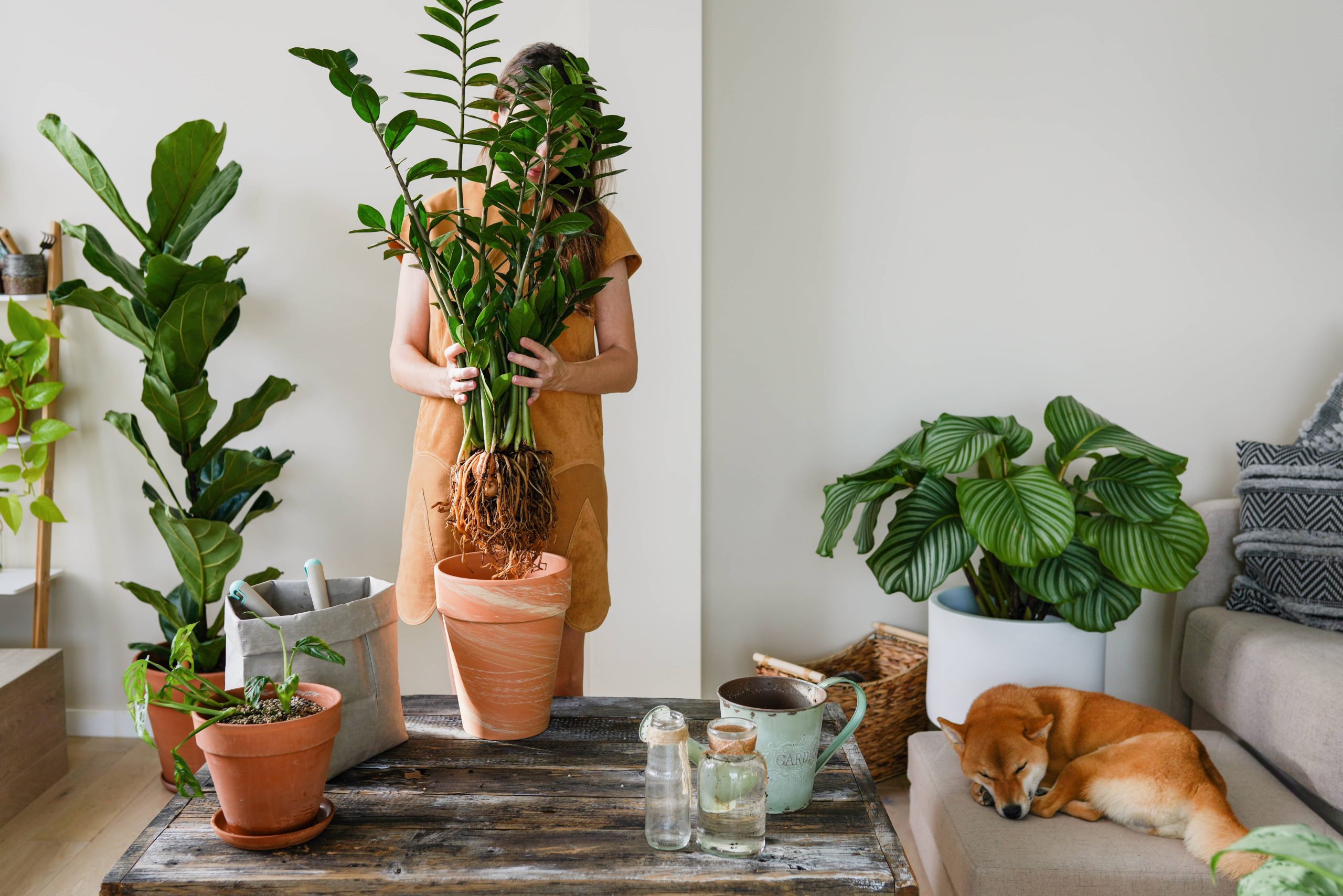
Composting is often associated with large gardens and outdoor spaces, but it is a lesser-known fact that indoor gardeners can also reap the benefits of homemade compost. By creating nutrient-rich compost at home, you can enhance soil quality, improve plant health, and significantly reduce household waste. In this blog post, we’ll explore how you can create your own homemade compost specifically tailored for indoor plants, making your houseplant care more sustainable and rewarding.
Understanding the Basics of Composting
Composting is a natural process that turns organic material into a nutrient-rich soil amendment called humus. It involves mixing organic wastes, such as food scraps and yard debris, and allowing microorganisms to break them down over time. For indoor gardening, creating a smaller-scale compost system can provide all the necessary nutrients for your houseplants, enabling them to grow healthier and more robust over time.
Why Compost for Indoor Plants?
– Nutrient-Rich: Compost provides essential nutrients like nitrogen, phosphorus, and potassium that are crucial for plant growth.
– Soil Improvement: It improves the texture of potting soil, enhancing aeration, water retention, and drainage.
– Sustainability: Composting reduces kitchen and yard waste, making your gardening practices more eco-friendly.
– Cost-Effective: Limiting the need to purchase commercial fertilizers can save you money.
Getting Started with Indoor Composting
Before beginning your composting journey, it’s crucial to set up an efficient system suitable for indoor conditions.
Choose the Right Container
Your composting container is a critical component for indoor composting. Here’s what to consider:
– Size: Opt for a container that matches the size of your household and the amount of waste produced. Small to medium-sized containers (5-10 gallons) are usually sufficient.
– Material: Use materials like plastic, metal, or wood to create a container that is durable and easy to clean.
– Ventilation: Ensure your container has adequate ventilation to allow oxygen flow, which is necessary for aerobic decomposition. You can achieve this by drilling holes into the sides and lid of your container.
What to Compost
Composting requires a balanced mix of ‘greens’ and ‘browns’:
– Greens: These are nitrogen-rich materials, such as fruit and vegetable scraps, coffee grounds, and tea bags.
– Browns: These materials are carbon-rich, such as dried leaves, paper, cardboard, and small pieces of untreated wood.
A good rule of thumb is to maintain a 1:2 ratio of greens to browns. This balance ensures efficient decomposition and prevents any unpleasant odors.
What to Avoid
Indoor composting requires special care to maintain a pleasant environment. Avoid composting:
– Meat, dairy, or oily foods: These can emit strong odors and attract pests.
– Diseased plant material: This could spread pathogens to your healthy houseplants.
– Glossy or treated paper: The chemicals in these materials can be harmful to plants.
Steps to Create and Maintain Your Indoor Compost
1. Layering:
– Begin with a layer of browns at the bottom of your container.
– Alternate layers of greens and browns, ensuring each layer is adequately moistened.
2. Monitoring and Maintenance:
– Turn your compost every week to aerate it and accelerate the breakdown process.
– Check the moisture level; it should resemble a damp sponge. If it’s too dry, add a little water; if too wet, add more dry browns.
3. Timeframe:
– The composting process can take anywhere from 2 to 6 months. You’ll know it’s ready when it resembles dark, crumbly soil and offers an earthy smell.
Using Homemade Compost for Indoor Plants
Once your compost is ready, it’s time to incorporate it into your indoor plant care routine.
Mixing with Soil
When repotting a plant, mix your finished compost with potting soil at a ratio of about 1:3. This quantity provides adequate nutrients without overwhelming your plant.
Top Dressing
Sprinkle a thin layer of compost on the surface of the soil in your pots. As you water, nutrients will wash down into the root zone, gradually feeding your plants.
Compost Tea
Another way to use compost is to create compost tea. Soak a handful of compost in water for a day or two and use the strained liquid to water your plants. Compost tea provides an immediate nutrient boost, promoting vibrant growth.
Troubleshooting Common Issues
– Odor Problems: Unpleasant smells usually arise from improperly balanced compost. Adjust the green-to-brown ratio and ensure adequate aeration.
– Slow Decomposition: If your compost isn’t breaking down, it might be too dry or lack oxygen. Add water to moisten and turn it more frequently.
Conclusion: The Sustainable Benefits
Creating homemade compost for indoor plants is an excellent way to promote sustainability, save money, and enhance the beauty of your home with vibrant houseplants. By recycling your kitchen scraps and other organic materials, you are contributing to a healthier environment and cultivating a space filled with thriving plants. Happy composting!
With homemade compost, your indoor gardening can effectively harness the cycles of nature, infusing your houseplants with the natural nourishment they crave. It’s both an art and a science, one that rewards you with healthier plants and a greener lifestyle.













